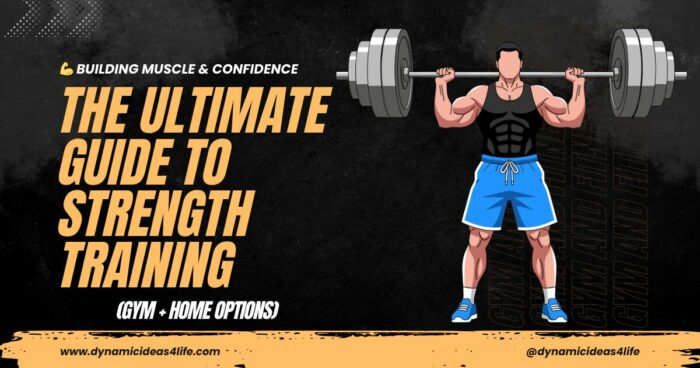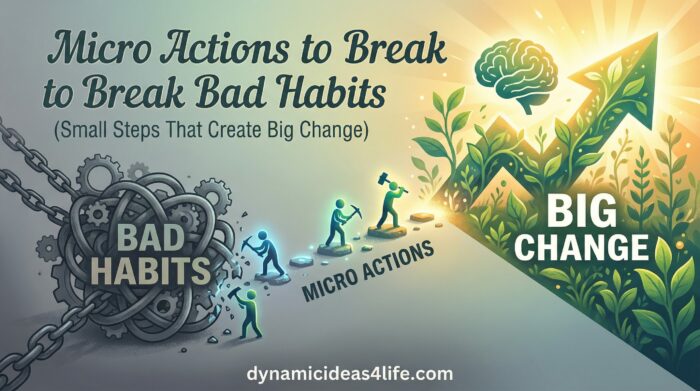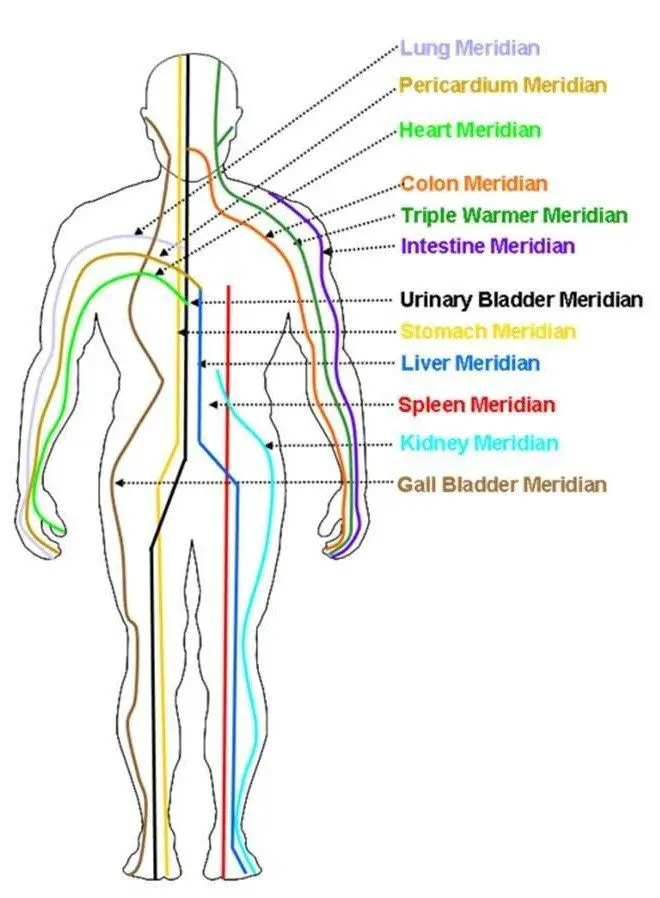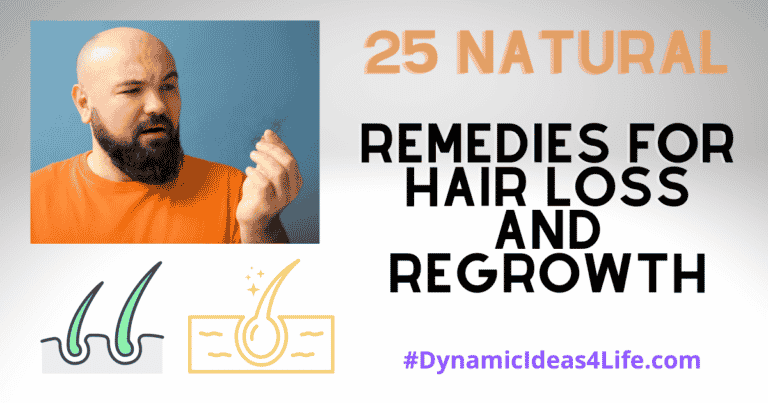In recent times Traditional Chinese Medicine (TCM) has been all over the news. Mostly because of its possible means of treating COVID-19.
In Asian countries such as Hong Kong, Singapore and of course China many new TCM initiatives have been making headlines. Definitely, there has been a surge of interest in these ancient practices and it really raises the question “What Can TCM For Health and Wellness Really Help With?”
So for many years now and even in Western countries, TCM has built up quite a reputation. More businesses based on TCM practices are popping up everywhere. In the USA the number of TCM-based businesses has risen dramatically. Since the new Millenium, the demand for TCM-based services such as massage therapy and acupuncture is greater than ever.
Alongside Ayurveda, Naturopathy and Homoeopathy TCM is a well-known form of alternative medicine. Indeed, the knowledge of the human body and its inner workings was surprisingly very well known by our ancient ancestors. Many cultures have passed down incredible techniques of healing and certainly the Chinese have done a fantastic job of this.
So TCM for Health and Wellness is a quite fascinating topic. Whatever you think of China and its politics – whether you agree with their way of life or not – you can not deny that perhaps the best thing to come out of China (except for maybe Tea ☕ and Panda Bears ?) is Traditional Chinese Medicine (TCM).
I have been interested in this topic for a while now but today will be my first time writing about this for my website.
Please keep reading if this is something that you also find to be interesting –
I will look to try and cover as much information about this here as possible.
So without further ado…
What Can TCM For Health and Wellness Really Help With (TOC)
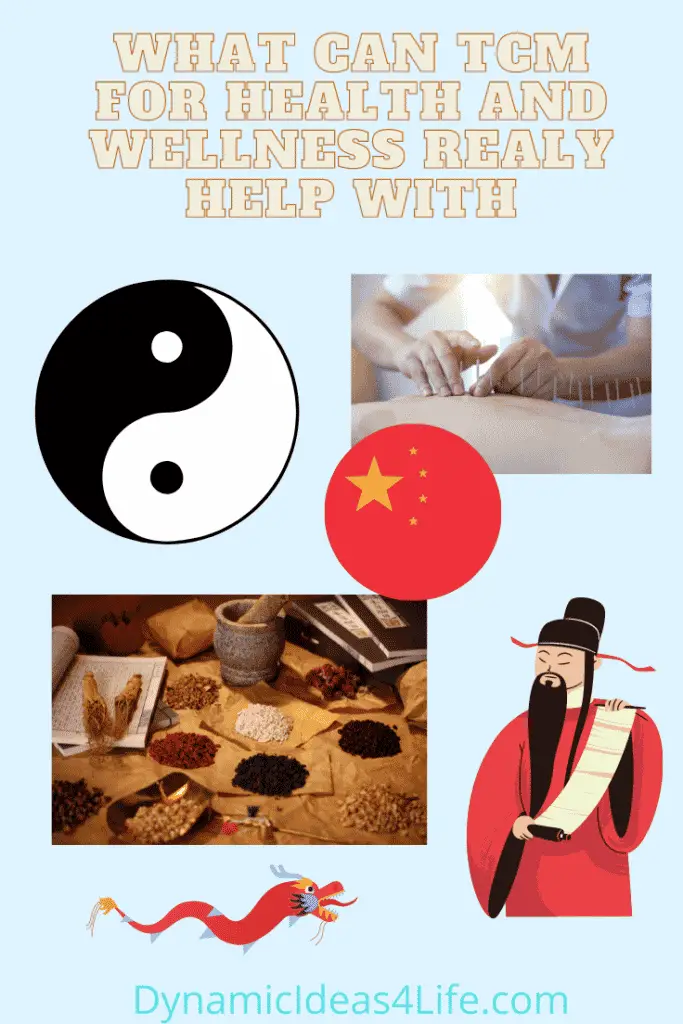
Now, the History of Traditional Chinese Medicine or TCM for short is an incredible component of Chinese culture. Much can be taught in terms of Lessons from TCM for Health and Wellness.
Indeed, many (if not all) of these techniques, can really make a difference to both our own physical and mental wellbeing.
There is much to discover from practising TCM techniques, and for anyone wondering what some of these are – here are some of the main ones that you may hear about;
- Herbalism,
- Tai Chi
- Qigong
- Acupressure (reflexology)
- Acupuncture…
- Aromatherapy
- Massage Therapy
- and Meditation
…which is not everything. There are many different areas of TCM and many variations of these different concepts. Each practised underneath the umbrella of its many branches. Certainly, you can imagine after thousands of years have gone into developing these ideas that what falls under TCM is quite a lot.
Although, here is the thing – for the most part, the aim of TCM is somewhat universal. At its core, the flow of Chi, Qi, (also the same as Prana in Ayurveda) is central to the very reason why TCM practices exist.
An unseen spiritual energy force that is believed to flow through every living creature. What the practitioners of TCM believe is that when these energy channels become obstructed this is what causes illness.
Of course, this is not something that can be scientifically proven but in terms of results, it is undeniable that there is something about TCM for Health and Wellness which really works.
Exactly, why the interest in these ancient practices continues to grow and grow all over the world. Something that is incredible when we think about how much time has passed since these ideas were last accepted to really work.
But in terms of history, this is very interesting in itself.
How long Have the Chinese Practised TCM For?
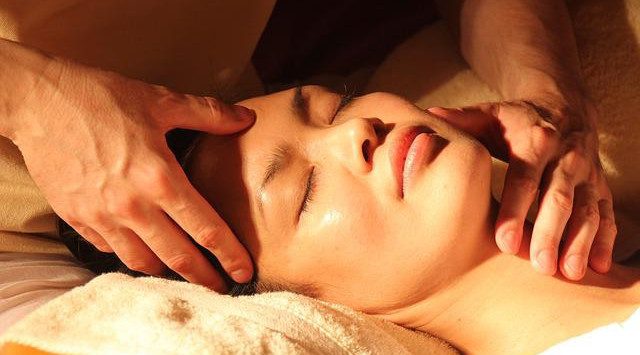
It’s a good question and whilst there is no definitive date for how long ago the Chinese started practising TCM for Health and Wellness it can definitely be assumed that many of these practices that we know today are thousands of years old.
Although, how many thousands is the real question. These origins are quite a mystery in this respect but according to some sources, the earliest written record of TCM is from the Huangdi Neijing (The Yellow Emperor’s Inner Classic).
*This is a document that, dates back to around the 3rd century BCE.
Basically, from a time period just over 2000 years ago…
…and who really knows how many hundreds, if not thousands of years before this that these practices began. Chinese history tells many stories about their great achievements in ancient times. Even without TCM, many history buffs will know that China is one of the four ancient civilizations;
- Mesopotamia (Now Iraq/Iran/Syria/Kuwait/Turkey)
- The Indus Valley (India)
- Ancient Egypt (Africa) and
- Ancient China
So there are some big questions about how long ago the Chinese people fell upon the idea of Chi/Qi energy. The commonly accepted idea is that the first Chinese Dynasty (c. 2070-1600 BCE) was the first civilized Chinese Government. The concepts of TCM for Health and Wellness may have come before this or after…
Who really knows? Although what we do know about quite a bit more is…
TCM In The Western World
TCM’s Ancient origins are mysteries that likely will never be solved. We can only deduce that the Ancient Chinese were very knowledgeable about human health and the natural world…
And not really much else more can be said about this but fast forward to now – in the western world of today TCM techniques such as massage therapy, reflexology and acupuncture have become increasingly popular, in a lot of countries.
It seems mostly since the late 1990s and the early days of the 21st Century (very possibly due to the internet becoming as popular as it has), that more people have started to find out about what TCM therapies can really do.
Word of mouth has definitely been the game-changer in this respect and many that have shared their positive experiences of TCM online have influenced others to try TCM for themselves.
No doubt why in the Western World people are much more open-minded in the current time about TCM for Health and Wellness.
But What is Traditional Chinese Medicine! (TCM)?
Sure I have explained this already above but let’s delve a bit deeper – so TCM [short for Traditional Chinese Medicine] is historically fascinating.
Ideas that worked many thousands of years ago in the past – Still relevant today.
Herbalism, Acupuncture, and Acupressure, I would say are the most well-known practices. Although there are plenty of others, and all are based around the concept of energy healing.
Which really is the main core idea that ties the different branches of TCM together. This is that Qi or Chi (or Ki) is the life force energy that runs through the body of every human being.
By this logic, there is one important concept to try and understand. How this energy force interacts with the human body.
This is understood to be through 12 Meridians that correlate with 12 different body parts – See Chart Below…
These are all pathways that connect to our organs (see Image above). Our hands and feet all have points that are said to link to each meridian. Acupressure or reflexology is a practice of stimulating these meridian points from these endpoints (terminals). Whilst Acupuncture works by stimulating these points from within these channels.
These practices are said to unblock these channels which are blamed for other health problems.
I will discuss this in more detail below…
So…
What Are Acupuncture and Acupressure?
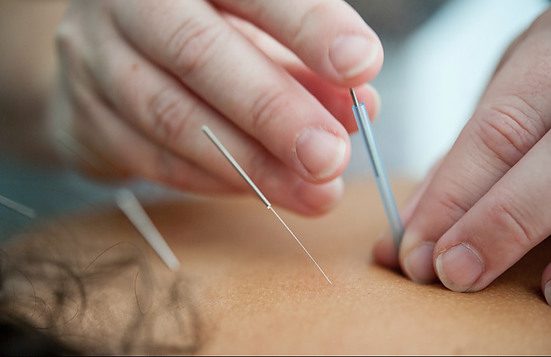
Now, Acupuncture is an interesting one. The practice of sticking pins into the patient whilst they are laid out relaxed on a flatbed is VERY popular. Even mainstream doctors and medical professionals in the west recommend this as a treatment,
…and for quite a list of different health problems.
So there is certainly a growing acceptance of what Acupuncture can do for better health.
As much as the idea of Chi or Qui energy channels might seem unreal what is accepted is that Acupuncture points act by stimulating the central nervous system. They are known to trigger a release of chemicals and it is these biochemical reactions that are felt in the muscles, brain and spinal cord. Thus stimulating the body’s natural healing abilities.
Something that is clear from the experience of many Acupuncture patients.
Although, the origin of Acupuncture is really ‘quite’ out there. I actually love this story – so, according to legend the Chinese first discovered Acupuncture after those that were hit with arrows during battles appeared to show a release of blocked energy channels.
These points were previously known about because of Acupressure, another TCM practice that is very popular.
In fact, Acupressure and Acupuncture use the same 800+ points as energy healing centres. All of which are said to be linked by meridian lines with terminals in the hands and feet. >>>See the Pinterest Pin below to learn more about Acupressure points in the hands which link to every organ in the human body. It is certainly quite fascinating…
This should give you a basic idea of what this is all about but moving on…
Another popular practice in TCM for Health and Wellness is of course –
The Practice of Tai Chi and Qigong
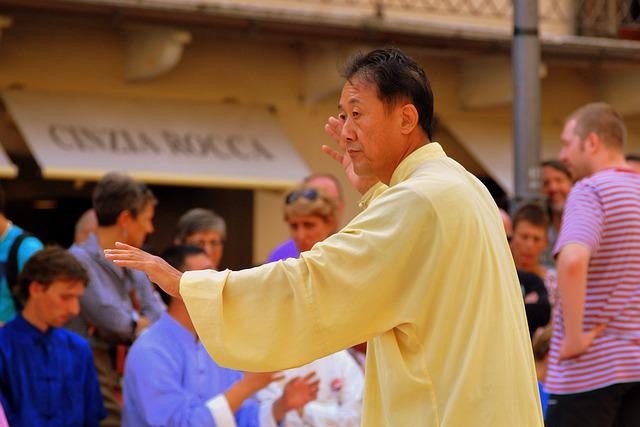
You most likely will have heard of this before – Tai Chi, also known as Taiji, (short for Taijiquan), is a type of Chinese health fitness.
Since its introduction, this exercise has become popular all over the world. Especially in the west, with many having adopted this traditional Chinese Yangshengshu (mind-body harmony technique) for health improvement and longevity.
In this respect, Tai Chi is a cornerstone of Traditional Chinese Medicine (TCM).
However, Qigong on the other hand is not exactly the same.
Qigong involves using exercises to optimize energy within the body, mind, and spirit. The main goal of this practice is to improve and maintain health and well-being. It is known for both its psychological and physical components and involves the regulation of the mind, breath, and body’s movement and posture.
So there are a few things to understand about Qigong.
- Firstly, the breath is slow, long, and deep. Breathing patterns may switch from abdominal breathing to breathing combined with speech or sounds.
- Movements in Qigong are typically gentle, smooth, and aimed at relaxation.
- Mind exercises in Qigong involve focusing on one’s attention and visualization.
In contrast, there are two different kinds of Qigong techniques you should know about. These are Dynamic (active) Qigong and Meditative (passive) Qigong. One is primarily focused on body movements, and the other can be practised in any posture and involves breath and mind exercises, with almost no body movement.
Different types of Qigong exercises go under several names including;
- Baduanjin,
- Liuzijue,
- Hu Yue Xian,
- Yijin Jing, and
- Medical Qigong.
But perhaps the main question which people ask is this…
Is Qigong the Same as Tai Chi?
Well, for starters Tai Chi originated as a form of martial arts. Something that Qigong is not considered to be. Qigong is different from Tai Chi basically for this reason but here is the thing – over the years Tai Chi has changed quite a lot.
Rather than being considered a kind of martial arts it has become a lot more focused on health promotion and rehabilitation.
So the easiest way to explain is that when Tai Chi is performed for health, it is then considered a form of Qigong. This is because just like Qigong this kind of Tai Chi involves the same integrated physical postures, focused attention exercises, and controlled breathing.
Very confusing I know but yes nowadays they are basically the same thing, and both an integral part of TCM for Health and Wellness.
Much the same as…
The Health Benefits of Chinese Herbalism
Probably the more realistic part of TCM for Health and Wellness is herbalism. As great as the likes of Acupuncture and Tai Chi are really they are only there to be believed and science doesn’t exactly support either.
It doesn’t mean they don’t work or exist, of course they do but it is just that evidence of an invisible force of energy (Qi/Chi) that can heal the sick is not exactly forthcoming.
However, fortunately herbalism doesn’t have this same trouble. Mostly, because this is a form of nutrition and this can be tested scientifically.
So, Chinese herbal medicine uses herbs to improve health. “The biggest difference between Western and traditional Chinese herbalism is that herbalists don’t treat symptoms or diseases. They treat entire human beings, including their patterns of symptoms
Chinese herbalism is backed up by thousands of years of data. This is because, throughout history, Chinese emperors made certain that the knowledge of the previous ages was preserved for us in the future.
Clearly, something which has worked because today we have almost 2,000 years of written records about how different herbal combinations work.
There are a few ways that modern Chinese Herbalism works. You may be given…
- Easy-to-Digest Capsules or Granules.
- Tea Recipes, Liquid Extracts and Powders.
- Traditional Formulas of How To Combine Certain Herbs.
- Custom Formulas Ready-Made That Your Herbalist Prepares Themselves.
If you are wondering about what some of these herbs are check out this chart below;
Now, continuing on here is another very popular aspect of TCM for Health and Wellness…
Aromatherapy and Essential Oils
One special way of unblocking energy channels that the Chinese use in Traditional Chinese Medicine (TCM) is Aromatherapy and Essential Oils. This has a very systematic approach and its basis includes Qi (Chi/Ki), Yin and Yang and the 5 Elements of TCM (Wood, Fire, Water, Air and Metal).
Alongside Aromatherapy several other TCM practices may be also used. These might include acupuncture, reflexology, cupping, moxa, massage, acupressure, herbal remedies, and therapeutic plant oils.
Various different types of essential oils are used in aromatherapy. These include of course oils grown and produced in Asia and others that originate from Europe, the Middle East and America.
Of course, this is because Aromatherapy has evolved over time but definitely, the core concept of this technique being used in TCM for Health and Wellness still is the same as it has always been.
Something which I will discuss further in the next section.
TCM and Energy Healing

In Traditional Chinese Medicine (TCM), Energy or QI is the essential life force that flows through all living things.
This Energy force is the vitality that gives life and direction to all living matter. In TCM the belief is that a balanced movement of QI has the power to strengthen, energise and heal the body.
To better understand how this all works the influence of Qi is divided into several different smaller areas.
For instance a TCM nutritionist would focus on the QI that is provided by nutrition. Such as the importance of eating a balanced diet of YING –YANG foods, or hot, cold, sweet, bitter and sour foods.
Calories are not really used to understand Qi in diet or nutrition but rather a balanced diet (YING-YANG) will be reflected as good Ying as opposed to Yang. So the good energy we get from the nutrients we consume is essential for a strong immune system, a healthy body and mind.
An understanding of how and what a patient eats will help a TCM practitioner guide them to achieve a desired harmony in the body and mind. Although should we investigate further, QI is a really “specialised” subject.
What Qi/Chi Teaches About The Human Body
As a whole, Qi/Chi is used to describe the activity or functions of all our body parts and organs.
So our heart channel (meridian) will make sure that the job of managing blood pressure, controlling the blood vessels, and so forth runs smoothly. The Qi/Chii channel for the lungswill be responsible for breathing and managing our oxygen supply and then other channels for organs such as the Liver, Stomach, Kidneys and Spleen will have their own important functions.
This is really the key to the very foundations of TCM for health and wellness and this is perhaps the best way to understand it.
Related Post: Mastering Stress with Prana Energy Healing
In Conclusion
For sure the topic of TCM for health and wellness is definitely very vast and can definitely be thought of as quite a broad terminology. Yet still given its growing acceptance and mainstream adoption of its techniques it’s definitely something to explore across its many avenues.
Especially for anyone interested in how the human body works and of course the many ways it can be healed from disease and illness.
So TCM has got a lot of attention from those working within the health and wellness sector. Even the World Health Organization (WHO) have had many meetings to discuss TCM’s viability [R]. Which certainly makes sense given its popularity in Western countries.
It really can not be denied that TCM has a bright future for those seeking alternative medical treatments. More people seem to be open to these ancient teachings than ever before – which is incredible considering the many hundreds of years of so called advancement we have had in healthcare in the western world. How ever did we lose on such fundamental knowledge? This is really a mystery but with this in mind…
Many thanks for reading;
#StayDynamic and may you and your family be healthy ♥
Best regards from
Alex B. Chivers
DynamicIdeas4Life.com
Contact Us at chivs86@dynamicIdeas4Life.com

